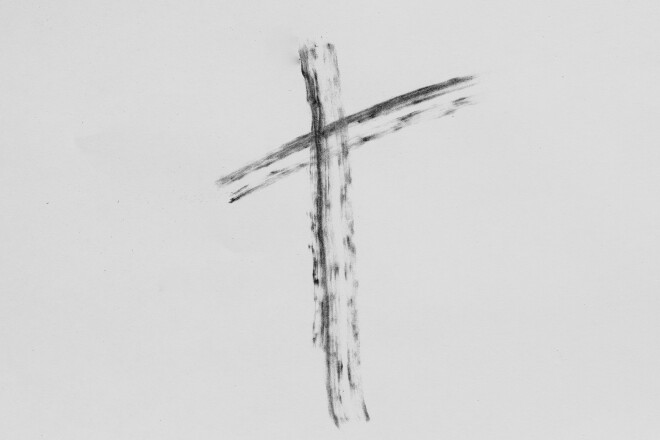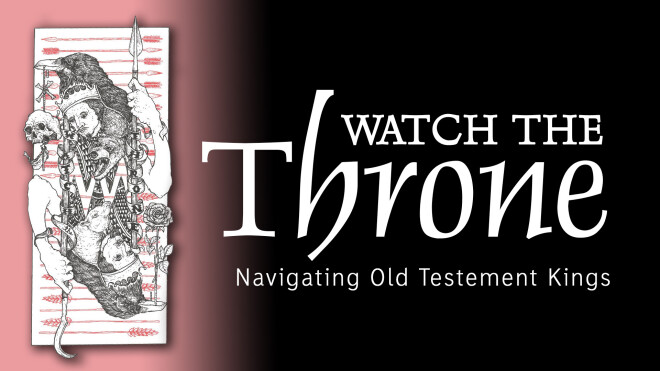Wednesday In Ashes

There are few places that people willingly visit to be reminded of their own mortality. We often drive past the cemeteries in our community with our eyes fixed on the road, doing our very best to push off the thoughts of what these silent monuments say about the human condition. In a culture obsessed with youthfulness, we are dedicated to inventing ways to plaster over the curse of death that has haunted us from the gates of Eden onward. Death is a reality that we would rather not consider.
Today is the beginning of the season of lent, which is a time that Christians have historically set aside to fast, pray, and repent of their sins leading up to Easter. The underlying logic of this is simple, the weight of what was accomplished on the cross and through the resurrection can only be rightly felt when we consider how our sin made the cross necessary. Lent then, is a time to consider afresh the depth of our need, so that we might see again the glory of Christ and Him crucified. Given the somber nature of that task, Lent begins with a suitably somber event: Ash Wednesday. Perhaps you’ve seen the ashes on the foreheads of people at work or school, maybe you’ve felt that it’s little more than someone showing off their spirituality. For many, no doubt, this is an empty ritual or a vain display of personal piety. Yet, I think the foundations of Ash Wednesday are profoundly countercultural and entirely worthwhile. Ashes have a rich history in the Bible; they symbolize mourning and repentance (Job 42:6, Jeremiah 6:26, Jonah 3:5-7). Because Lent is a season of mourning our sin, and the ashes are an outward symbol of the inward condition of the heart of a Christian who is reckoning with the weight of sinfulness of their flesh.
However, the ashes also are meant to symbolize the dust of death. It is from the dust that the Lord God formed man, and it is back to the dust that we return when we die (Genesis 2:7, 3:19). There is a logical connection between repentance and our own mortality. This is because the harvest of the sin sown by all of the sons and daughters of Adam is death. In a traditional church, as the ashes are placed on the congregation's forehead, the minister repeats these words, “Remember that you are dust, and to dust, you will return.” Of course, this all sounds rather morbid, and in some sense it is! Ash Wednesday serves as a reminder of the bad news that must first be heard before the Gospel can truly be good news. Today, we remember what we so often wish to forget: We have sinned, we will die, and that is worth mourning. But Ash Wednesday is not an event unto itself, it is a moment that exists to turn our hearts and our hopes towards Christ Jesus, in whom our sins are forgiven and through whom there is resurrection life.


